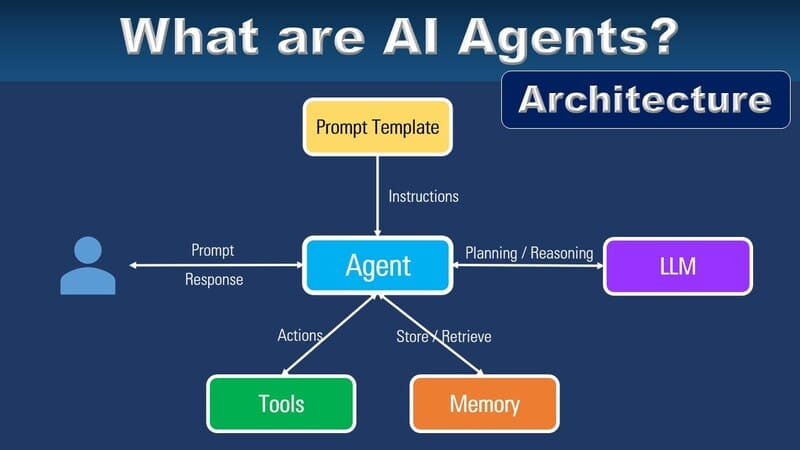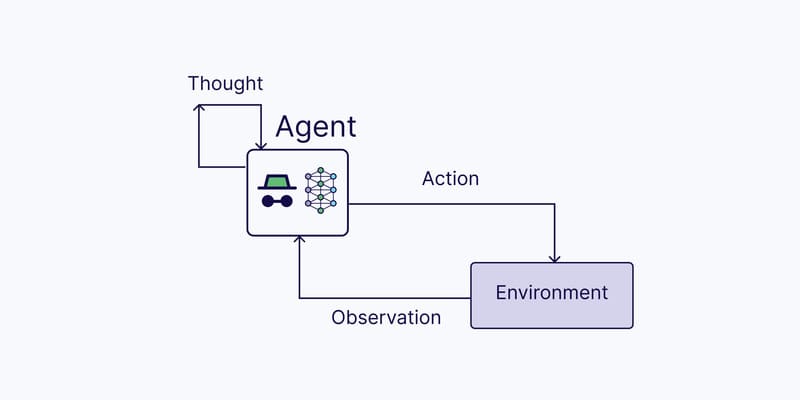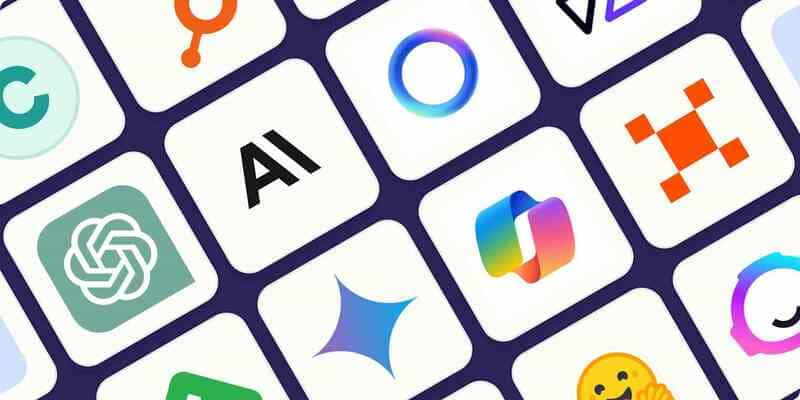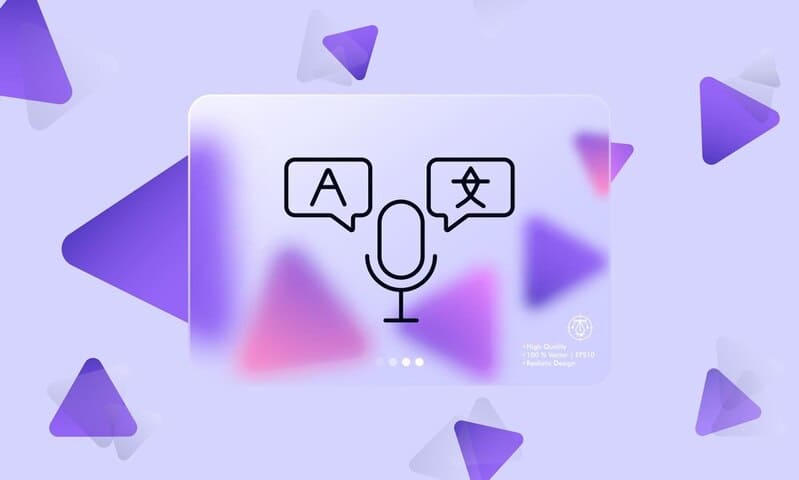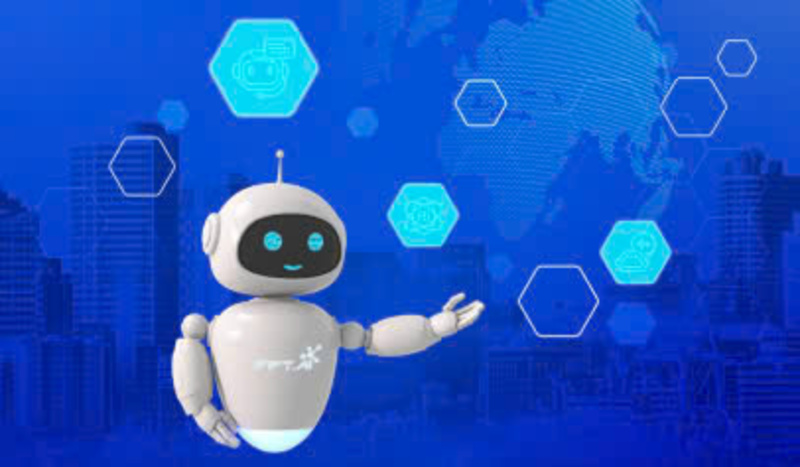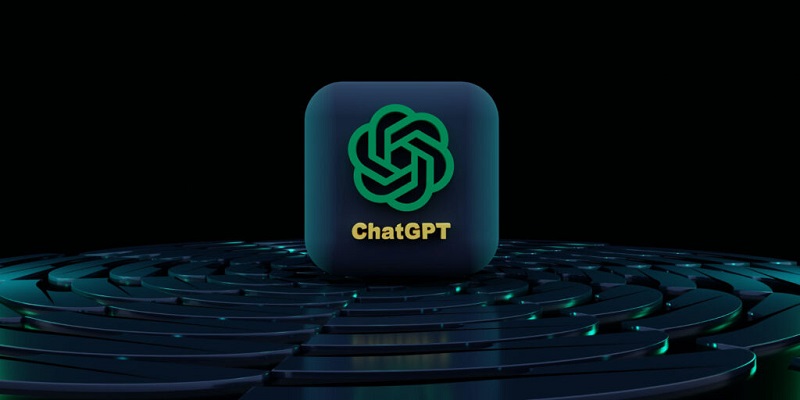Finance, banking institutions around the world are piloting many new applications to improve customer experience in the digital age. With the increasingly high expectation of users, the use of artificial intelligence, machine learning and chatbots in banking is becoming popular.
More and more banking institutions adopt chatbots powered by Artificial intelligence in their customer services, reducing costs and serving the new generation of users. Chatbots are developed to conduct two-way communication with customers, replace traditional channels like phones, email, etc. to provide services to customers and support transactions quickly.
Most simple tasks such as balance, bank account checking, loan checking, etc. can be handled by chatbots effectively, allowing human supporters to focus on more complex problems, bringing more positive experience with banks. Over time, besides artificial intelligence (AI), chatbots are integrated with more add-ons and new, advanced technologies to expand chatbots’ abilities, making them more multitasking virtual assistants.
Scientists predict that chatbots will save billions of dollars for banks in the next decade. According to an official report by Juniper, chatbots will help banking businesses save more than $8 billion each year in 2022.
Why use chatbots?
The young generation today always want to use fast – immediate – simple – convenient services. They tend to use social media and messaging platforms. Therefore, businesses must change to adapt to user behaviors. And there is no exception for finance, banking institutions.
To reach the right target customers, finance – banking institutions have to reach them with the right way, in the right place and at the right time. The integration of chatbots into social media channels and messaging platforms is an essential part of reaching and interacting with customers. Chatbots are able to personalize and support customers 24/7.
There are many reasons for banks to use chatbots in customer service:
1. Reduce costs: To build and nurture a chatbot, businesses have to pay a relatively cheap price compared with the costs of training and salaries for employees.
Moreover, chatbots just require low-code. Therefore, chatbots can be built once to be integrated into several customer support channels.
2. Easy-to-use: Chatbots are more visual and easy-to-use than a traditional banking app. No need to download, customers still can talk to chatbots like having a conversation with a friend, and the experience can be personalized for each customer.
3. Conversational interface: Customers dislike strange calls, do not want to receive boring emails or lengthy tutorials on websites. Customers in the tech era value speed and personalization in each interaction. Therefore, chatbots are considered as an optimal, friendly choice for customers.
4. Consult on finance: Chatbots can have access to all customer data. Thus, chatbots can track spending habits, credit score, manage budget and inform consumers of where they spend their money. This allows chatbots to give recommendations and suggestions based on AI to manage money better.
5. Create new accounts: Users can provide their personal information to chatbots, then chatbots can verify it using eKYC, helping users open an account quickly and conveniently without spending time and effort going to transaction offices.
6. Digital support 24/7: The feature to chat immediately 24/7 is expected because digital consumers are always online all day on social media and messaging platforms. This means banks with chatbots on their websites, facebook, etc. have more competitive advantages and better ability to attract and retain customers than those only supporting customers during office hours.
What will happen next with the development of chatbots?
A few years ago, chatbots had a limit in understanding natural sentences in conversations with customers, as well as in using customer information to provide advanced suggestions. Most chatbots were developed to limited tasks and could not handle a diversity of inquiries that are outside their features.
However, with Artificial intelligence (AI) and Natural language processing, Machine learning, etc., chatbots are upgraded day by day and able to perform various tasks. Chatbots understand human natural languages and communicate with customers according to context.
When customers log in, a chatbot can greet them and offer support instead of pop-ups, slogans or notifications that cover all over their screens.
During a conversation with customers, chatbots can use their ability to recognize natural language, or even analyze emotional words to assess intonation, emotions of customers, thereby categorizing whether customers are satisfied or not.
PwC suggests that finance institutions can take advantage of creative technologies to integrate chatbots for more use cases in the future such as:
eKYC allows chatbots to verify customers’ identity before making transactions.
Use chatbots to provide real-time services for a blockchain transaction across borders.
Use IoT devices that are integrated with chatbots to chat with customers via voice.
The potential of chatbots is unlimited and banks just start exploiting chatbots at the very first step. In the future, chatbots surely will become popular and smarter, support humans to perform many tasks, save time, money and optimize a highly qualified workforce. Investing in chatbots from now is a wise choice for businesses with vision and ambition to reach out into the world.
FPT.AI – Artificial intelligence platform Accelerating Operating Performance for Business
Experience solutions of FPT.AI at https://fpt.ai/vi
Hotline: 0911886353








